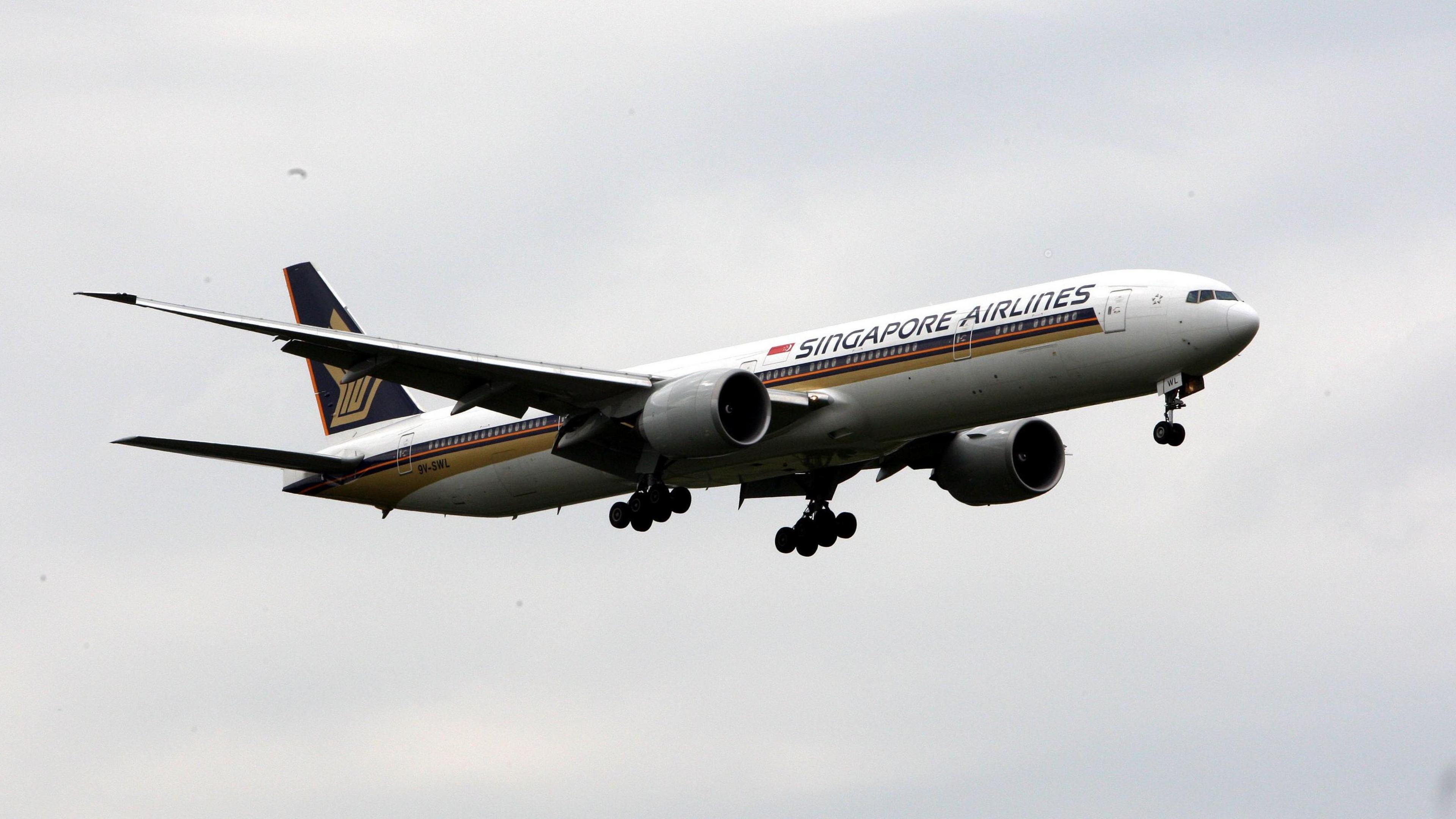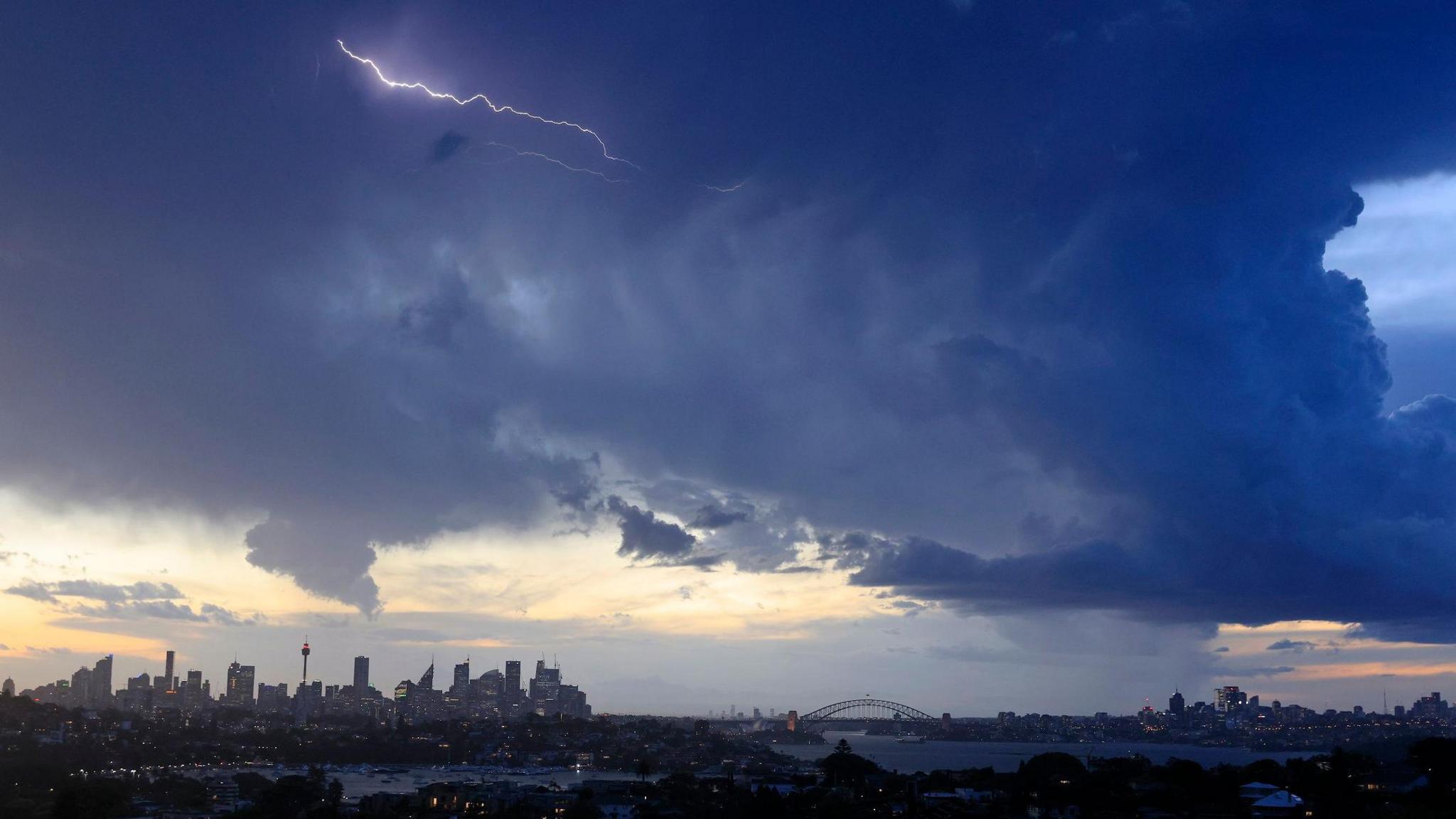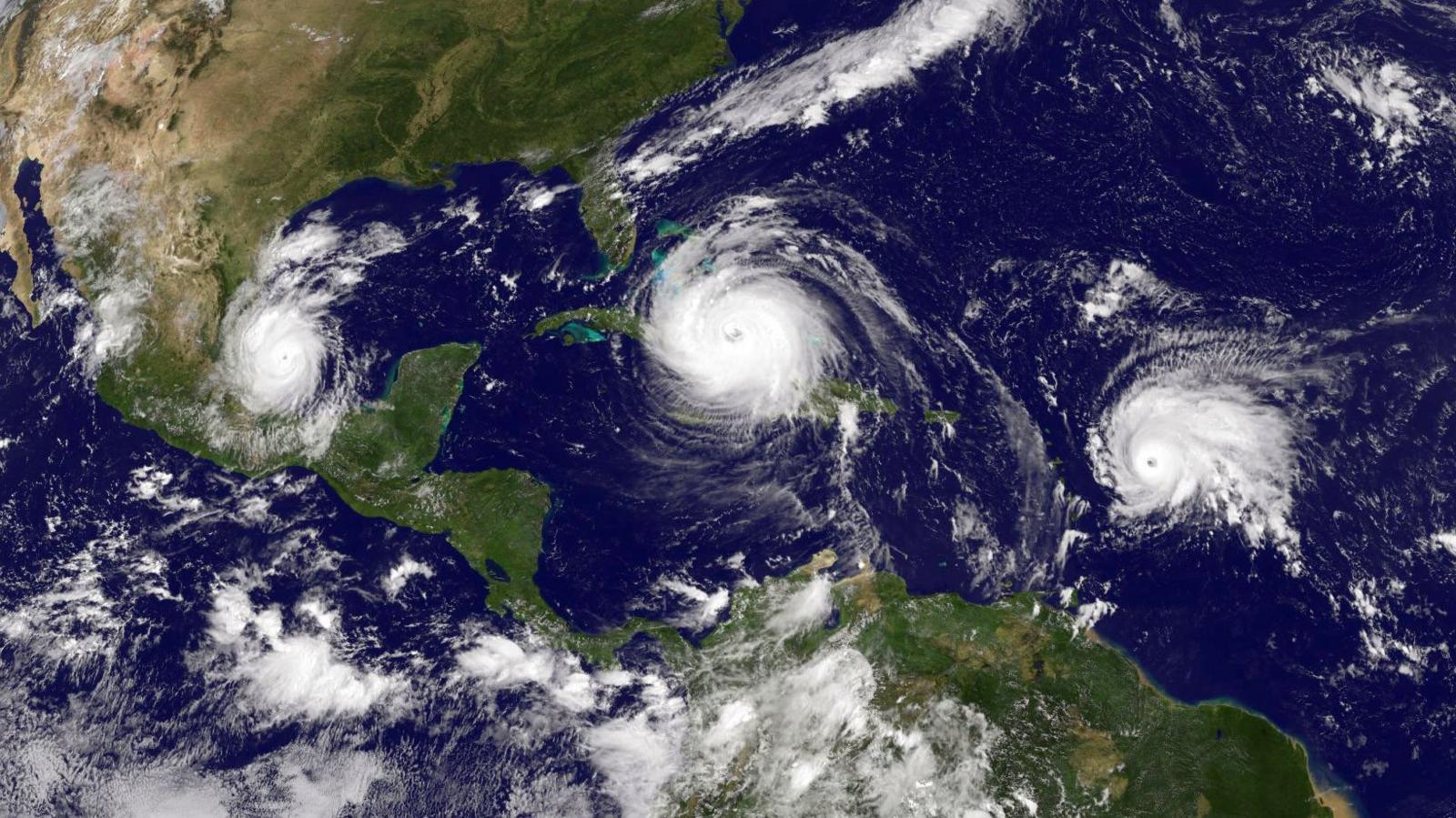Is climate change making turbulence worse?

Severe turbulence is rare for commercial flights
- Published
A Singapore Airlines flight from London to Singapore experienced severe turbulence on Tuesday that resulted in the death of British man Geoff Kitchen.
Turbulence of that intensity is rare but recent studies have shown that climate change could be increasing the risk.
What type of turbulence was this?
To know if climate change had a role to play in what happened to the London to Singapore flight we first have to understand what turbulence it was experiencing.
Turbulence can be described simply as the irregular movement of the air which creates currents. When these currents interact with the plane it can cause it to roll, pitch or suddenly drop in altitude.
There are different reasons why a plane may experience turbulence – from air flowing over mountains to clouds and bad weather.
It is still not known exactly which of these flight SQ321 was dealing with, but based on the weather forecast it is likely to have been either from a phenomenon called "clear air" turbulence (CAT) or from thunderstorms.
Is climate change driving 'clear air' turbulence?
"Clear air" turbulence occurs when there is a change of wind direction in or around the jet stream - a fast flowing "river" of air that is typically found at 30,000-60,000ft.
Last year scientists from Reading University found that severe turbulence, from this clear air phenomenon, had increased 55% between 1979 and 2020 in the North Atlantic.
They said that warmer air from increasing greenhouse gas emissions was changing the wind speed in the jet stream.
This type of turbulence is notoriously difficult for pilots to navigate. Although meteorological organisations provide warnings of where it may be found, during flight it cannot be picked up on their radar systems or seen.
Prof Paul Williams, an atmospheric scientist at the University of Reading, who co-authored the study told the BBC last year: "We should be investing in improved turbulence forecasting and detection systems, to prevent the rougher air from translating into bumpier flights in the coming decades."
Jet stream explained
Why do thunderstorms cause turbulence?
Storms that create thunder, lightning and hail are only produced by cumulonimbus clouds.
These clouds can tower high into the atmosphere, way above where planes usually fly so they cannot always be avoided by just flying over them.
The cloud forms as warm air rapidly rises from the Earth’s surface all the way through the atmosphere where it cools and condenses.
Within a cumulonimbus cloud, the updrafts and downdrafts of air moving inside can be very strong which bring severe turbulence.
Cumulonimbus clouds producing thunder have very strong air currents - they can carry the same amount of energy as 10 Hiroshima-sized atom bombs, external.
Weather forecasts show there were thunderstorms nearby in Myanmar at the time the Singapore Airlines plane was flying on Tuesday.
Will climate change make storms more severe?
There is strong evidence that such tropical storms are increasing in intensity as a result of climate change, according to the UN climate science body, the IPCC. , external
This is for two reasons. Climate change is warming our oceans which causes more water to evaporate, adding more heat and moisture into the air.
At the same time warmer air can hold more moisture resulting in stronger winds and more intense rainfall from these storms - which would bring more severe turbulence.
However, there is not clear evidence at this stage that these tropical storms are becoming more frequent.

Cumulonimbus clouds - which can produce lightning - can be responsible for severe turbulence
What happens now?
Over the next few months investigators will examine the data from the plane's systems to understand what exactly happened.
Prof Williams said this data can "be used in scientific research, to help understand the causes of turbulence and improve our turbulence prediction systems."

Sign up for our Future Earth newsletter to get exclusive insight on the latest climate and environment news from the BBC's Climate Editor Justin Rowlatt, delivered to your inbox every week. Outside the UK? Sign up to our international newsletter here.
Related topics
Related internet links
- Published22 May 2024

